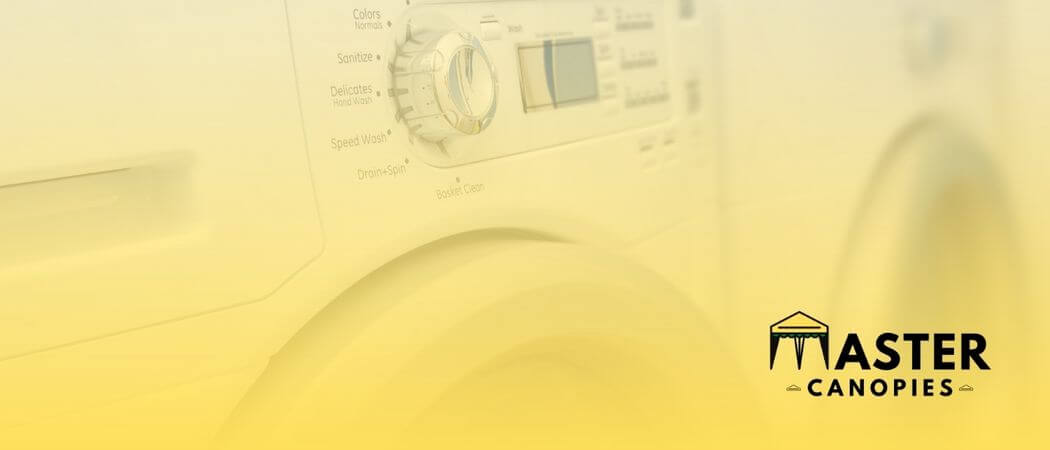
Can You Put a Tent in the Dryer Safely?
Can You Put a Tent in the Dryer Safely? Published February 4th, 2023 by Allen Campbell Well, it’s no secret that a tent is a
Published June 17th, 2022 by Allen Campbell
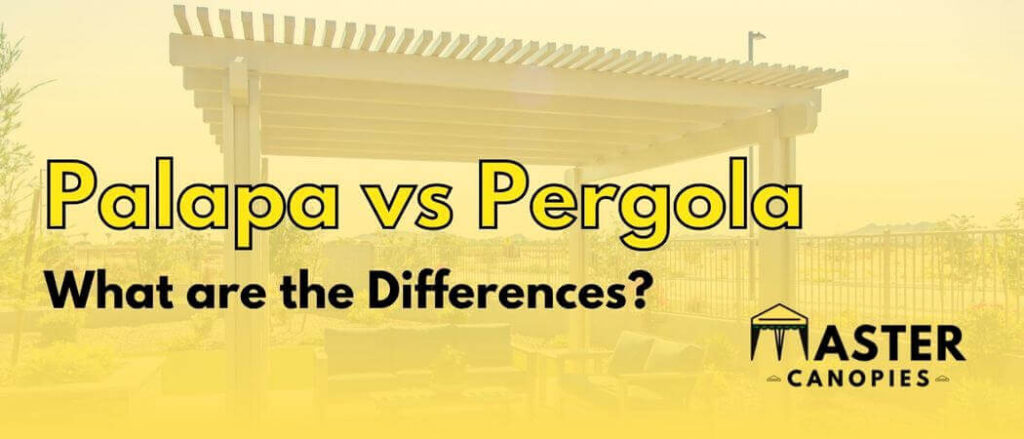
Most individuals prefer spending their weekends and vacations relaxing at home or visiting beaches and parks to decompress. However, whatever location you choose for relaxation, you may need some buildings to protect you from the hot sun or, in some instances, rain.
As a homeowner, you may have several structure options. We shall compare two structures in this article: palapas vs pergolas.
We will discuss the differences between a palapa and a pergola and what they are ideal for.
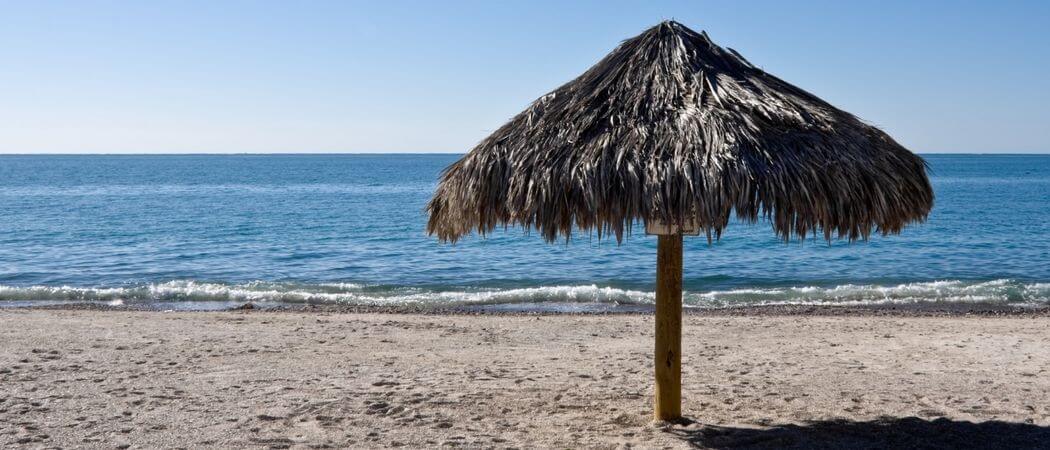
The difference between palapas vs pergolas is that a palapa is nothing more than a structure with open sides covered with a thatched roof made from dried palm leaves.
The palapa is a structure seen all around the Yucatan Peninsula in Mexico. For generations, it has served the local population as shelter from both the rain and the sun. However, in recent years, it has also become an integral part of the tourism sector.
They provide a convenient and scenic sun bed for beachgoers who are looking to spend a relaxing day at the beach and who do not necessarily desire to expose themselves to the sun’s full intensity.
Since there is a growing interest in health and wellness tourism (which is becoming an increasingly significant aspect of vacations to many places), the palapa is also the appropriate structure for anybody who wants to participate in activities such as a massage or yoga class.
It is much nicer to be able to work outdoors in the fresh air rather than being cooped up inside in a stuffy or chilly studio. The palm roof offers good protection from the weather, while the sides are open so that you can still enjoy being outside.
In point of fact, the palapa has become such an integral part of the tourism industry of specific places like the Yucatan Peninsula that the phrase “local vacation experience” has come to include almost every facet of a trip to the region.
At this moment, you will see palapas serving as stores, bars, restaurants, spas, gyms, watersports centers, and hotel rooms (even if these structures are not palapas because they are entirely covered) as well as hotels with the word “palapa” elsewhere in the name. These are very versatile structures, and you can do a variety of things in them.
Even while the palapa is most often associated with the Yucatan Peninsula in Mexico, it is prevalent across Central America, including Guatemala, and can be found almost everywhere that has access to palm trees.

A pergola is an outdoor structure that is often made up of columns that are used to support a roofing grid that is made up of beams and rafters. It is possible to construct a space that is protected from the weather by either leaving this roofing grid open or covering it.
Pergolas may either stand alone or be affixed to the side of a home.
The history of pergolas dates back hundreds of years. They can claim a creation that dates back to the middle ages while having an Italian flavor imprinted in each of its particular forms.
These lovely open-air structures have a base of four pillars or columns and a roof made of cross-beams or latticework. Wood, vinyl, or aluminum are the most frequent materials used in the construction of these open-air shelters.
Pavers or a patio made of concrete are often used as the base for installing a pergola. Because of this, it is possible to store outdoor furniture and grilling equipment below it. A pergola is an excellent choice for transforming a section of your backyard into a social hub that can be used throughout the year.
You may be interested in whether or not pergolas really provide shade. Pergolas were explicitly created to provide shade in outdoor areas like your backyard. They are fantastic for protecting one from the sun’s harsh, direct rays while enabling the place to be filled with natural light from the sun.
Another difference between palapas vs pergolas is that pergolas do not provide complete shade since they are not designed to function as standalone structures; nonetheless, their adaptable frameworks make it possible to use a variety of shadow strategies.
If you prefer complete covering, you may install a retractable canopy. With this choice, you may take advantage of a range of different degrees of shade, depending on the time of day or the position of the sun.
There are more options besides retractable canopies for protection from the sun. There are also many more methods to add additional sunscreen to your pergola that may represent your unique style or desire. Some examples of these approaches include the use of plants, bamboo, or cloth sales.
Pergolas exhibit absolute beauty in their exquisite form. Their style is intended to offer a fashionable touch to any backyard, patio, or pool area. While their constructions are attractive on their own, the options for improving your pergola’s beauty, style, or elegance are limitless.
First, you may choose what material will be used to construct your pergola. Pergolas for sale are available in a variety of materials, including wood, vinyl, aluminum, and fiberglass. Depending on your taste, these various materials can add a lot of beauty and elegance to your pergola.
Pergolas are more than just beautiful on their own; they provide a magnificent framework for you to add your own distinctive and adorning touches.
You might be wondering whether the cost of installing a pergola is worthwhile. Are pergolas genuinely worth the money that they cost? It is true that the shade, beauty, and welcoming, accommodating character of a pergola are intended to increase your property’s market value.
The landscape around your house has the ability to add fifteen percent to the value of your property, according to the opinions of several experts. Pergolas and other comfy outdoor improvements are now at the top of the list for raising the value of your property since outdoor living is becoming an increasingly fashionable trend right now.
Your landscape design will benefit from the addition of a distinctive character that is both functional and entertaining in the form of a pergola. They were conceived to be either the one item that fills in the last gap in your backyard landscape, making it whole or the one piece that sparks your imagination and encourages you to go more creative with your outdoor landscape design.
Pergolas are a good investment, but how long do they typically last? The good news is that regardless of whether you decide to go with wood or vinyl if you take care of it properly, it can last a lifetime.
If your vinyl pergola is exposed to a lot of sunshine, you may need to restain or repaint it every two years, but with wood, you won’t have to worry about that. Vinyl, on the other hand, requires less care overall. When deciding between wood and vinyl, it is essential to consider several personal preferences.
As you examine the potential of having a pergola, you may have several concerns, including if these Italian beauties are inexpensive. Pergolas are a less expensive option, particularly when compared to their friendly competitors’ gazebos and pavilions.
There are do-it-yourself pergola kits available as a less expensive alternative, with prices ranging from $1,500 to $2,000 depending on the square footage. Alternatively, if you want to invest in a high-end pergola, the cost would be closer to $7,000.
Take your time researching and becoming comfortable with the price of a pergola that fits within your budget. Pergolas were created to be a low-cost investment in nurturing your love of the outdoors and allowing others to enjoy your outdoor area with you.
Pergolas are perfect for tiny backyards and houses with open patios. Some pergola designs must be attached to a home or wall in order to be stable. Palapas need more room and are self-contained constructions. They’re best suited to bigger, more open backyards with extensive grass or gardens.
As you may have imagined, palapas are less expensive than pergolas Building pergolas take more planning, materials, and effort to construct. On the other hand, pergolas may be installed in a couple of days by experienced installers with minimal forethought.
Another difference between palapas vs pergolas is that pergolas are adaptable enough to work with practically any style of architecture. If you have a typical cottage-type construction or an older house, you may need to dress it up a bit. The same cannot be said for palapas since they are meant to fit tropical style areas such as the beach.
Palapas and pergolas both add a special touch to your house. Both structures have their own addition to make in your home. You can use them for different purposes discussed in this article.
I hope this article was helpful for you in explaining the difference between a palapa and a pergola. It also contains lots of information about both to increase your knowledge and improve your buying decision.
Best of luck!
There are do-it-yourself pergola kits available as a less expensive alternative, with prices ranging from $1,500 to $2,000 depending on the square footage. Alternatively, if you want to invest in a high-end pergola, the cost would be closer to $7,000.
Take your time researching and becoming comfortable with the price of a pergola that fits within your budget. Pergolas were created to be a low-cost investment in nurturing your love of the outdoors and allowing others to enjoy your outdoor area with you.

Allen is a full time writer at Mastercanopies.com and enjoys traveling around the United States and exploring nature. He enjoys writing about canopies as he believes they are extremely crucial in having a successful camping trip whether it be a trip to the beach, mountains, or the open plains.

Can You Put a Tent in the Dryer Safely? Published February 4th, 2023 by Allen Campbell Well, it’s no secret that a tent is a
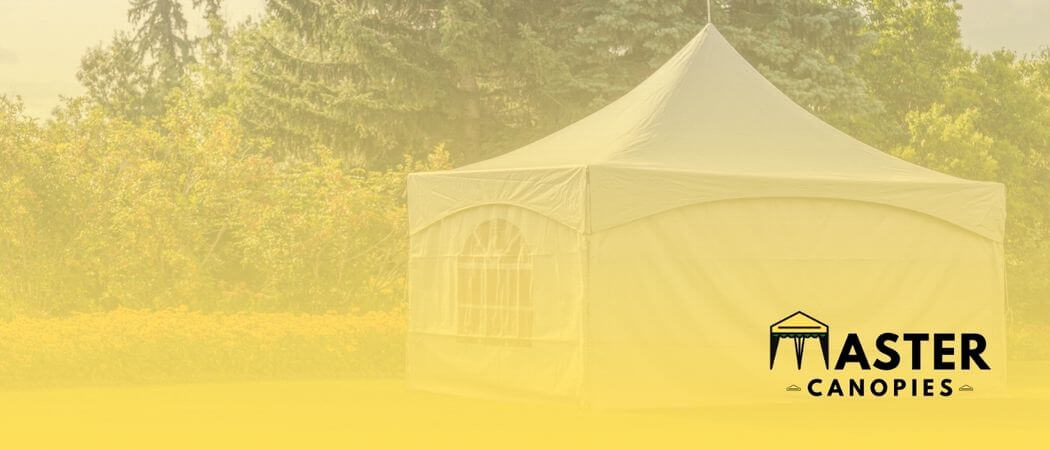
How to Print on a Canopy: How to Print Custom Images/Logos Published February 4th, 2023 by Allen Campbell Do you want to print something special
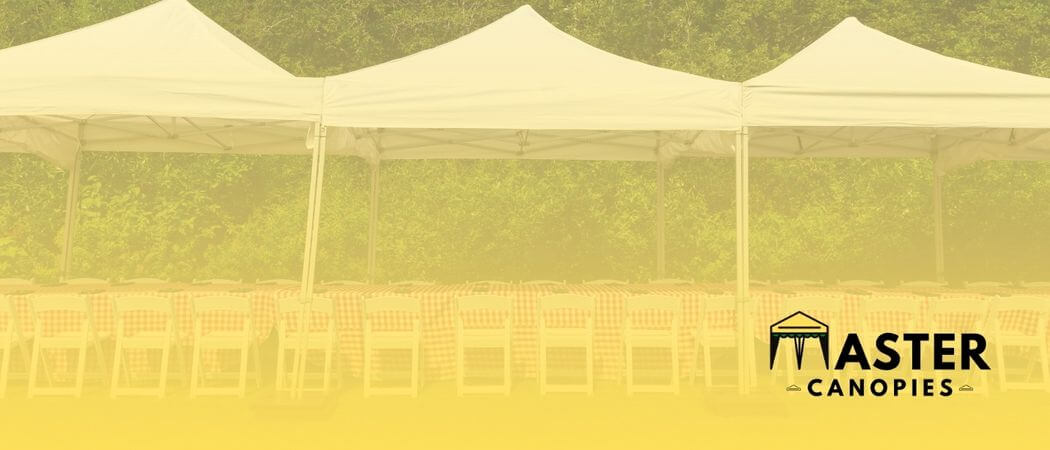
How to Choose the Best Outdoor Event Flooring for your Next Celebration Published January 31st, 2023 by Allen Campbell Planning an outdoor event can be

How to Insulate a Tent for Winter and Keep Warm Published February 3rd, 2023 by Allen Campbell Is your tent the last frontier when it
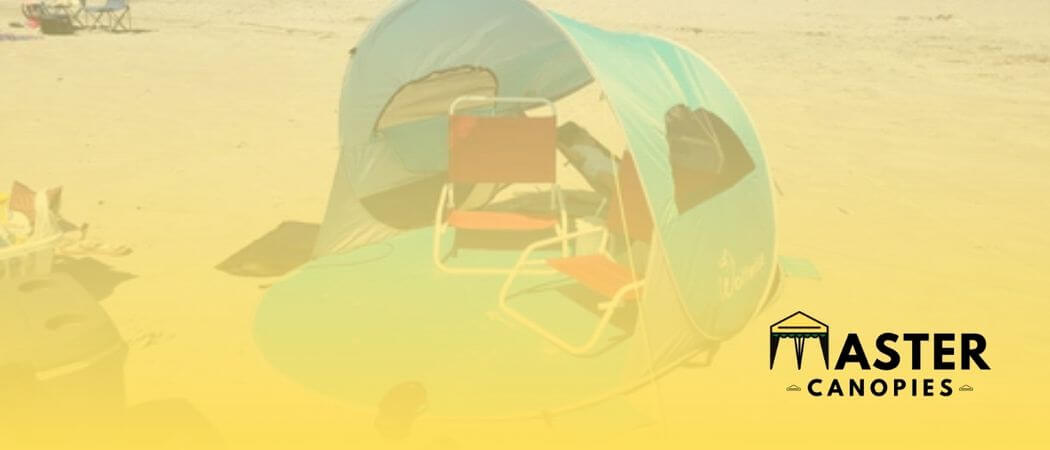
Wolfwise Beach Tent Review: Should You Buy It? Published January 23rd, 2023 by Allen Campbell Are you planning a beach vacation but don’t know exactly
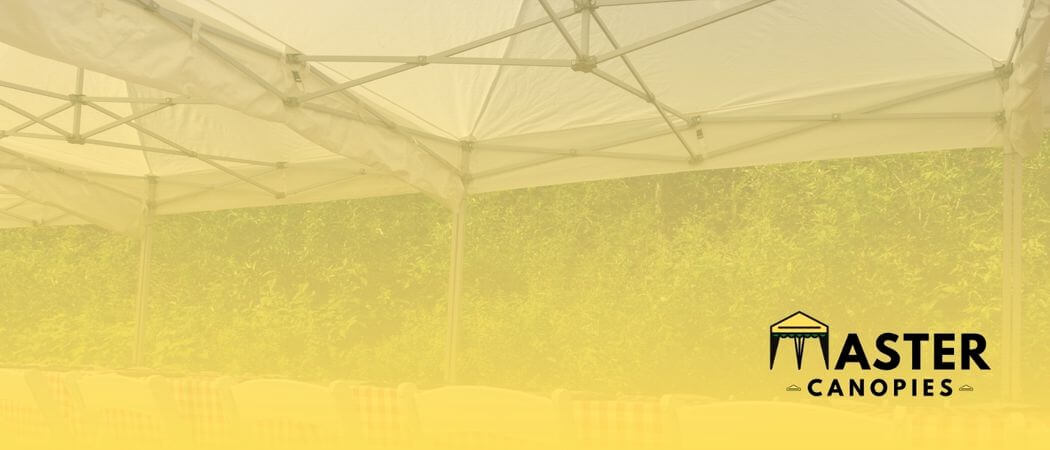
How to Start a Tent Rental Business (and have Success with It!) Published January 23rd, 2023 by Allen Campbell Do you have a knack for

Wolfwise Beach Tent Instructions: Easy Setup Guide Published January 23rd, 2023 by Allen Campbell Let’s face it, setting up a beach tent can be tricky…
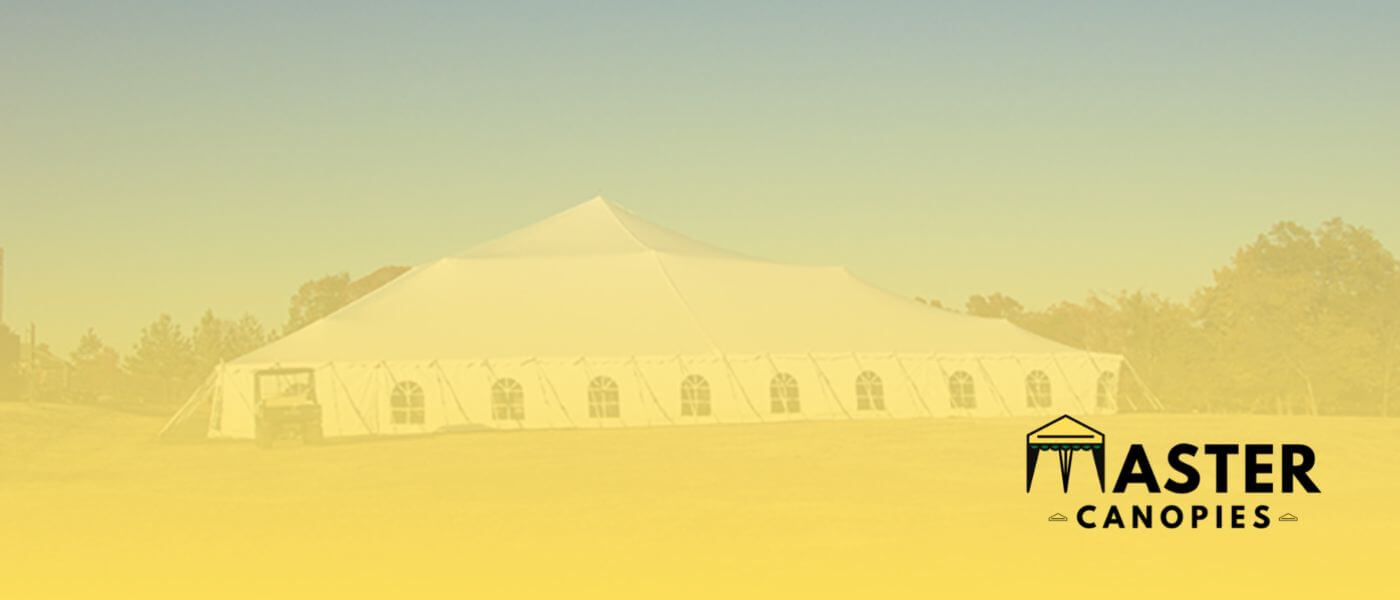
Best 100×100 Tents for Large Gatherings and Parties Published January 12th, 2023 by Allen Campbell Finding the right tent for your next event can be
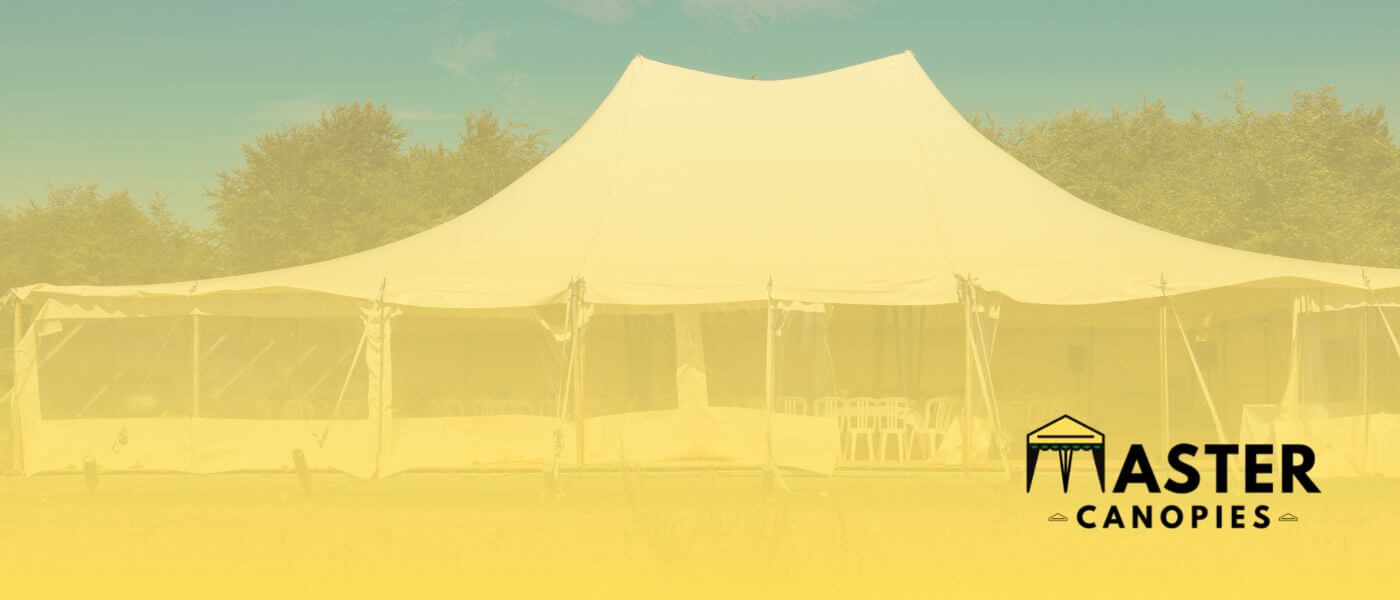
Best Tent Rentals in Downers Grove, IL Published January 12th, 2023 by Allen Campbell Hoping to make a big impact in Downers Grove? Well, if

Master Canopies is here to bring you the best canopies for the outdoors so that you can enjoy the fresh air without the gleaming and burning light of the sun.

Master Canopies is here to bring you the best canopies for the outdoors so that you can enjoy the fresh air without the gleaming and burning light of the sun. As an Amazon Associate, we earn from qualifying purchases.